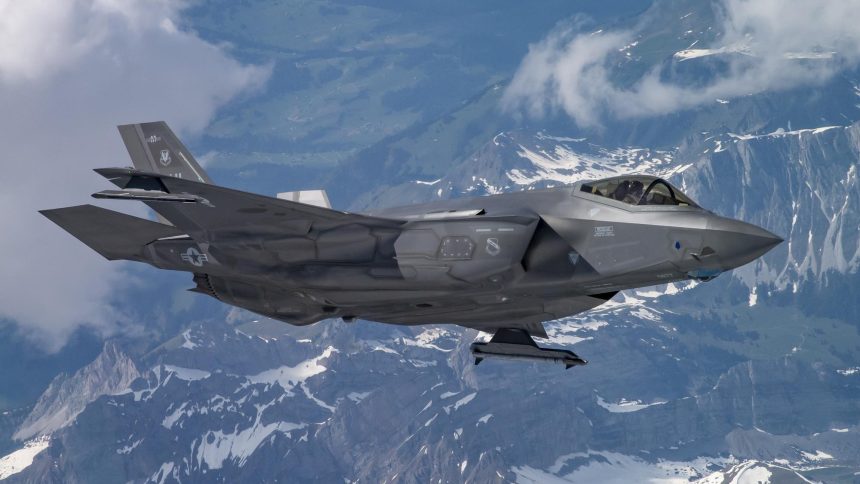Bern reviews fighter jet plans after U.S. cost hike, legal dispute over “fixed price,” and public protests against steep import tariffs.
Switzerland’s long-planned acquisition of the Lockheed Martin F-35A Lightning II is facing a potential downsizing after months of fruitless negotiations with Washington over unexpected cost increases. While Bern insists it remains committed to introducing the stealth fighter into service, the government has instructed its defense ministry to re-evaluate the program and present alternative options — including a possible cut to the number of jets — by November.
The dispute centers on Switzerland’s 2022 agreement to purchase 36 F-35As under the U.S. Foreign Military Sales (FMS) framework, a deal that Swiss officials have consistently described as “fixed price” at 6.035 billion Swiss francs (about USD 6.25 billion at the time). However, U.S. authorities maintain that the contract allows for price adjustments linked to production costs, and have requested additional funds to cover what they describe as steep increases in raw material and energy prices.
Swiss government estimates indicate the final bill could climb by 650 million to 1.3 billion francs (USD 750 million to 1.6 billion), though they concede the exact figure is difficult to calculate at this stage. Inflationary pressures are compounded by the imposition of a 39% tariff on certain U.S. exports to Switzerland, although officials stress that the F-35 pricing dispute is not directly tied to the tariff issue.
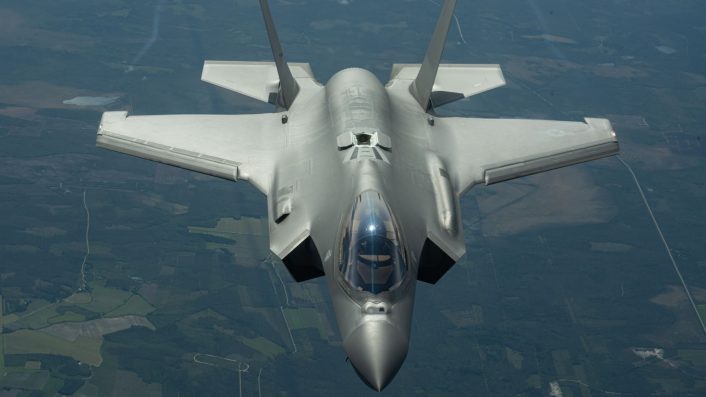
Talks Reach a Dead End
The cost question has been the subject of “intensive discussions” over the summer between Switzerland’s Department of Defense, Civil Protection and Sport (DDPS) and U.S. officials, including a direct exchange between Defense Minister Martin Pfister and U.S. Secretary of Defense Pete Hegseth. Despite these efforts, Washington has refused to deviate from its position that each production batch will be priced according to the terms negotiated between the U.S. government and Lockheed Martin, rather than fixed for the entire Swiss order.
“The USA is not prepared to deviate from its position,” the Swiss government acknowledged in a press release, adding that Bern must now accept the new contractual reality.
As part of the reassessment process, a DDPS working group — headed by Maj. Gen. Christian Oppliger, the future commander of the Swiss Air Force — will examine whether the air defense requirements defined during the fighter selection process still apply in light of changing financial and security conditions. This review will also consider offset arrangements with Lockheed Martin to help mitigate the additional costs.
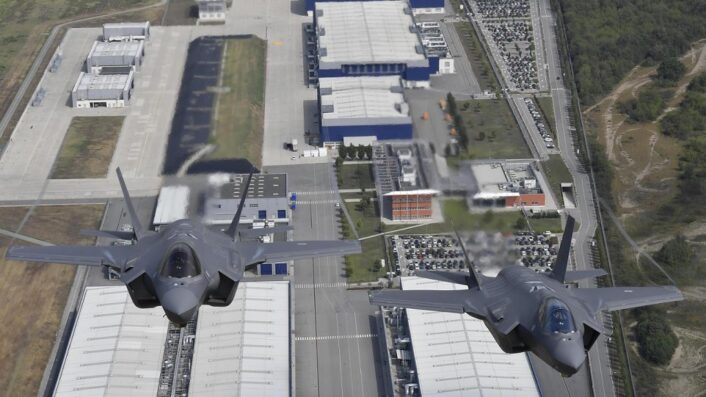
Reducing the Order on the Table
One of the most significant measures under consideration is a reduction in the number of aircraft ordered. Pfister, speaking to reporters, confirmed that buying fewer F-35As is a possibility, but stressed that the aircraft’s operational advantages over alternatives remain compelling. He cautioned that switching to another fighter type at this stage would likely incur higher costs and delays.
Cancelling the contract entirely is viewed as a far more drastic and risky option. The DDPS has warned that abandoning the program would leave Switzerland without a credible means of defending its airspace after 2032, when its McDonnell Douglas (now Boeing) F/A-18C/D Hornets — acquired in the 1990s — are due to retire. The country’s even older fleet of Northrop F-5 Tigers is already slated for withdrawal by the end of 2027.
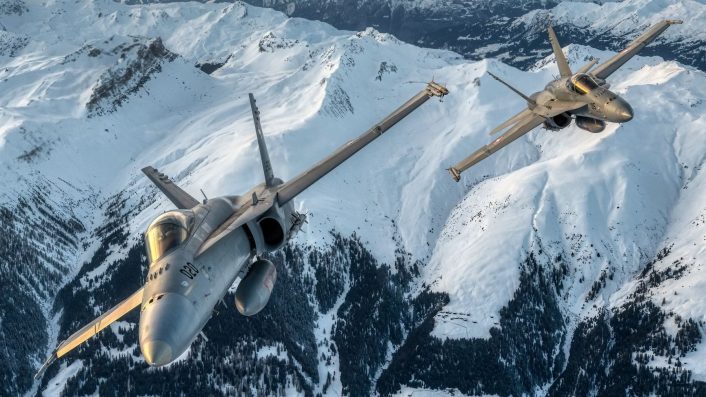
Legal Dispute Over “Fixed Price”
In a bid to strengthen its position, the Swiss government has published legal opinions from both a Swiss law firm and a U.S.-based firm, each interpreting the FMS contract as offering a binding fixed price for the jets. Zurich-based Homburger argues that the U.S. government itself acquires the aircraft at a fixed price and resells them to Switzerland on the same terms. Washington law firm Arnold & Porter similarly points to contractual provisions describing the F-35A price as “firm fixed.”
Despite these arguments, U.S. officials appear unmoved. Under the FMS process, pricing is generally based on the cost of the production lots in which the foreign buyer’s aircraft are built, making fixed pricing over multiple years rare. Lockheed Martin, for its part, has declined to comment directly on the dispute, noting that FMS transactions are government-to-government matters.
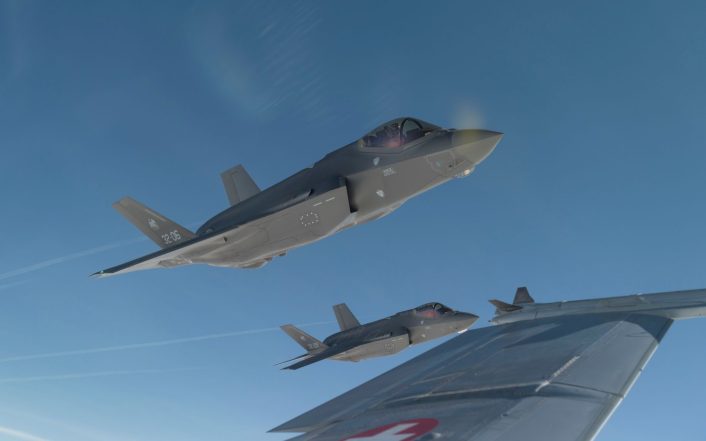
Political and Public Scrutiny
The procurement has been politically contentious from the outset. In September 2020, a referendum on whether to authorize funding for new fighter jets passed by the narrowest of margins — just 50.1% in favor. The subsequent selection of the F-35A in 2021 over the Dassault Rafale, Eurofighter Typhoon, and Boeing F/A-18E/F Super Hornet triggered renewed opposition, though an attempt to block the deal through another referendum failed when activists could not gather enough signatures.
The current cost increase has given critics fresh ammunition. Several left-leaning lawmakers have called for the program to be scrapped entirely, arguing that the funds could be better spent on other defense or civil priorities. Supporters counter that the F-35’s advanced capabilities — particularly its stealth, sensor fusion, and network-centric warfare features — offer unmatched value and ensure interoperability with other European operators of the type.
The controversy is unfolding alongside public demonstrations against the 39% tariffs recently imposed on Swiss exports to the U.S. Protesters argue the levies are unfair and damage Swiss industry, while some political voices have sought to link the tariff dispute to the fighter deal in an effort to pressure Bern to reconsider the purchase. Although the government insists the two issues are separate, the combination of cost escalation and trade tensions has heightened the program’s political vulnerability.
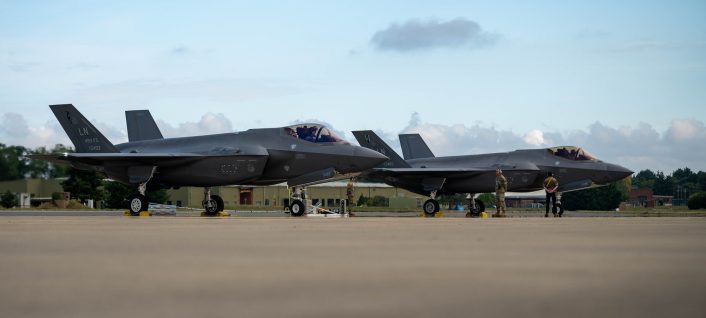
Wider F-35 Market Trends
The Swiss dispute comes amid a complex international picture for the F-35 program. While some nations, such as Denmark, are looking to expand their fleets, others — including Spain — have ruled out buying the jet, and Canada has previously reconsidered its plans before moving forward. In total, the F-35 has secured 20 customers worldwide.
Switzerland’s first F-35A was originally scheduled for delivery in 2027, with the remainder arriving through 2030. Whether that schedule — or the size of the order — remains intact will depend on the outcome of the DDPS review this autumn.
For now, the Swiss government maintains that introducing the F-35 is still the best way to safeguard national airspace well into the 2030s. But the gap between the price Bern thought it had secured and the cost Washington insists on charging has turned a once-settled procurement into one of Europe’s most closely watched fighter acquisition debates.

